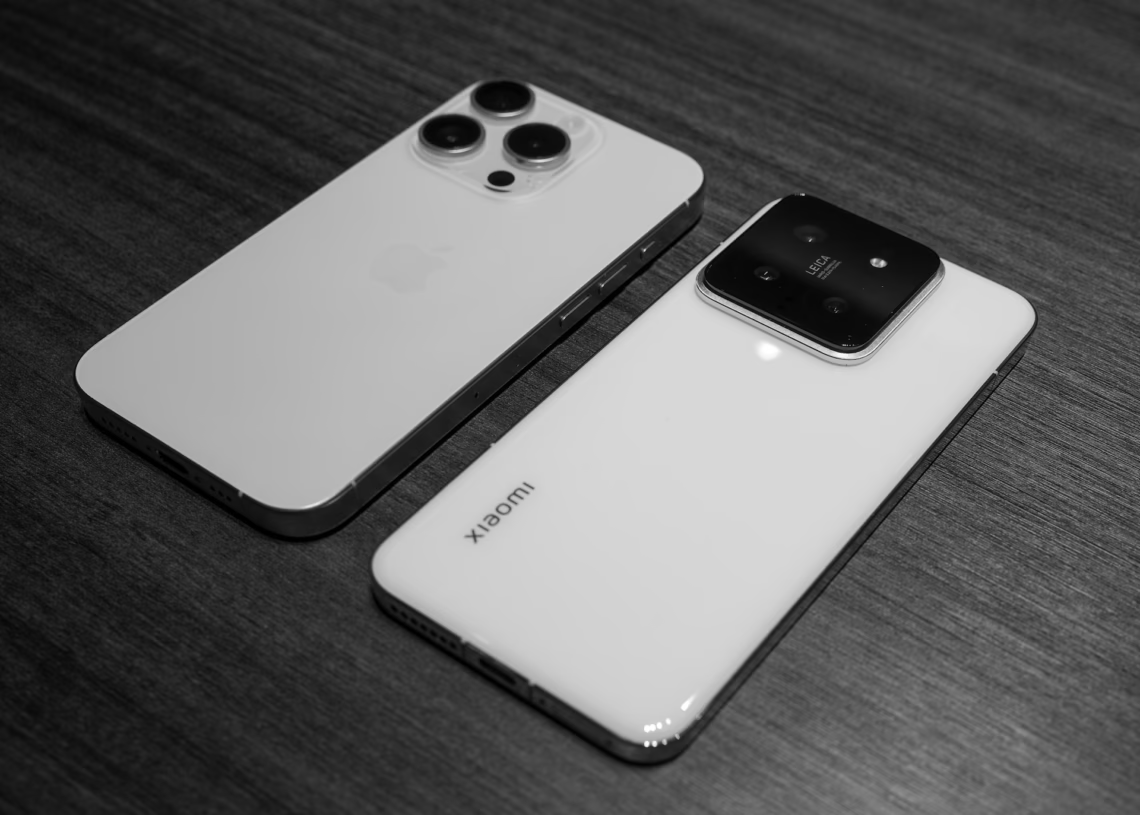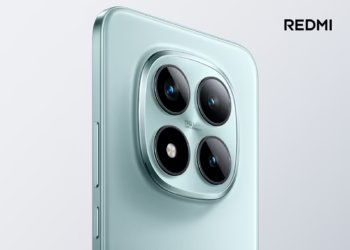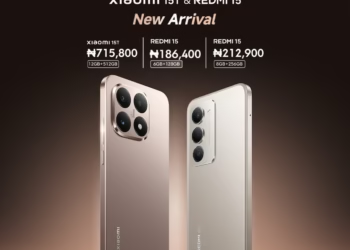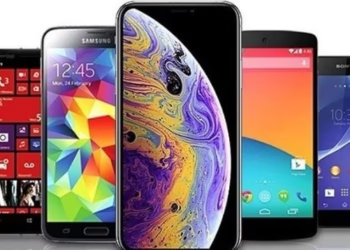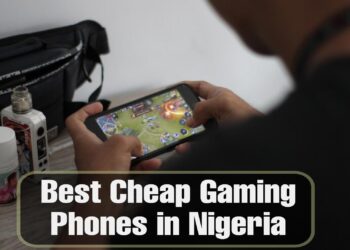iPhones have long been symbols of status, durability, and high resale value in Nigeria. But lately, something interesting is happening. more people, especially in the youth and middle-income brackets, are turning to Xiaomi phones for very good reasons.
For all the prestige iPhones offer, many Xiaomi models are now outperforming or outselling them in the areas that matter most to the average Nigerian user.
Firstly, there’s pricing. With inflation, foreign-exchange fluctuations, and high import duties driving up phone costs, many Nigerians cannot justify spending top dollar on an iPhone when Xiaomi offers very competitive alternatives.
Xiaomi’s strategy of offering phones with large battery capacities, good displays, and multiple RAM/storage variants at much lower cost has struck a chord. For example, reports show Xiaomi has captured around 19% market share in Nigeria recently, overtaking Samsung in some quarters.
Battery life is another area where Xiaomi is stealing the spotlight. In a country where power outages are still frequent and the electricity supply is irregular, having a phone that lasts significantly longer between charges makes a real difference.
Many newer Xiaomi phones ship with large battery packs (6,000 mAh or more in many “C” series phones) and decent fast charging support. These features often eclipse what older iPhones offer unless one spends heavily on the Pro/Max variants.
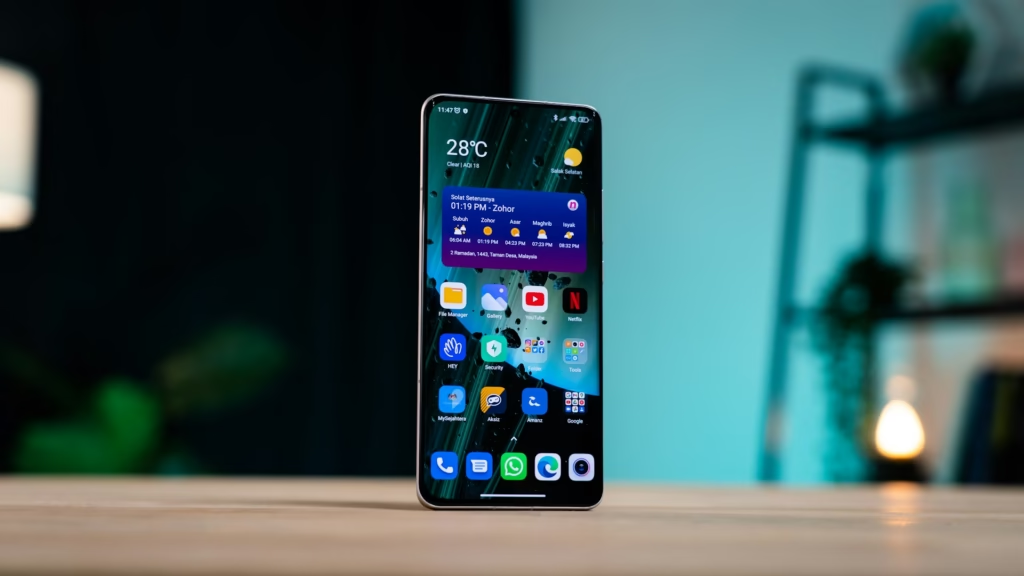
Display & features count a lot too. Young Nigerians spend many hours daily on social media, video streaming, and gaming. Xiaomi has responded by offering high refresh rate displays (90-120Hz), big screens, multi-camera setups, and sometimes better durability for less money.
In contrast, unless you buy a premium iPhone model, some of these features are either absent or come at a much higher cost. Xiaomi’s Redmi 13C, for instance, brings a 90Hz display, 50MP camera, and multiple memory options, all this at a price points far lower than many base iPhone models.
Also, market access and value extras are helping Xiaomi close the gap. The brand has expanded its distribution channels across Nigeria (online & physical stores), used partnerships (telcos, data bonuses), and offered device-financing options that make paying for a phone over time possible for many.
iPhones generally still have fewer flexible payment models here, and their spare parts and repair costs are much higher, and that’s something many end-users factor in.
But, this doesn’t mean Xiaomi is outright “better” in all cases. iPhones still carry advantages such as longer software support, higher resale value, strong reliability, premium materials, and ecosystem perks (like integration with MacBooks, iPads, etc.).
For people who keep phones for 4-5+ years and want consistent updates, iPhones still often win. But for many Nigerians who want good value now, such as battery life, display, features, and lower overall cost, Xiaomi is offering a compelling alternative.
In short, Xiaomi is winning on the “everyday important stuff” that matters most in Nigeria (battery, price, features). For many buyers, the trade-offs of premium status are no longer worth it, especially if those trade-offs are steep price tags or missing features.
As Xiaomi is continuously dialing up value, iPhones will really need to stay sharp (and maybe more affordable or better supported locally) if they want to remain the aspirational go-phone for Nigeria.

